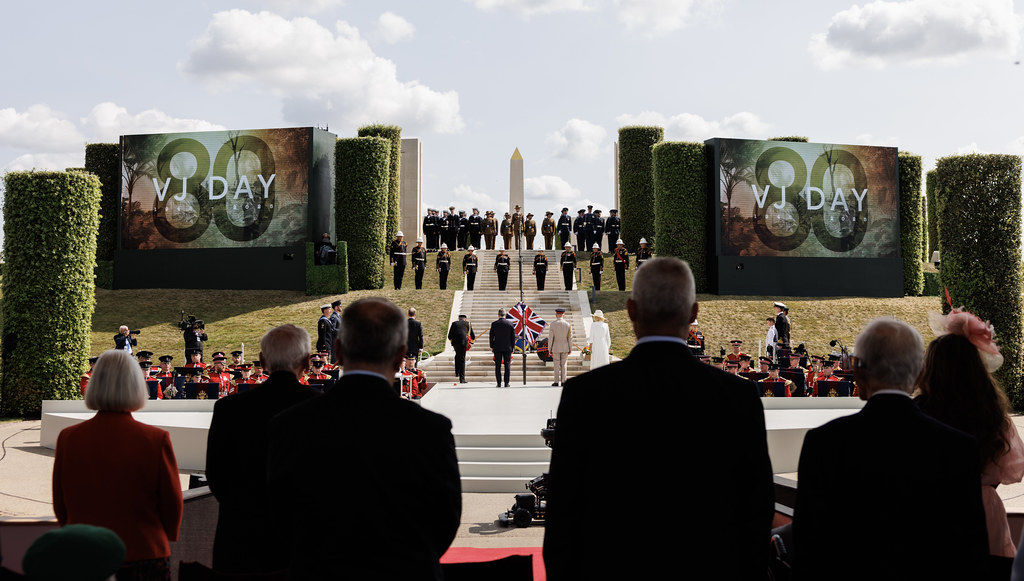
National Memorial Arboretum’s 80th VJ Day celebration wasn’t a remembrance just an intergenerational living bridge. Against the Staffordshire horizon, King Charles III and Queen Camilla stood, ringed by 33 remaining Far East and Pacific campaign veterans between 96 and 105 years of age. History throbbed in the air, its beat broken by the Red Arrows’ flypast and silence of a national two minutes.
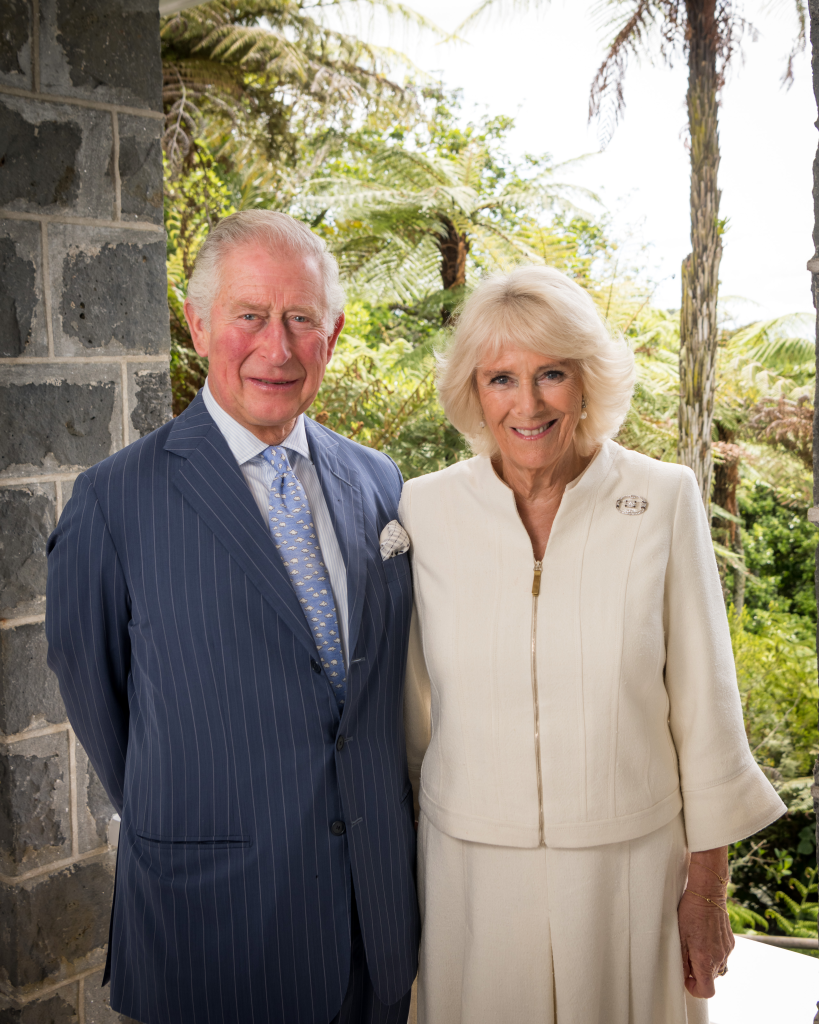
1. Remembering the ‘Forgotten Army’
King Charles gave genuine tribute to those who continued to fight even after the victory had been announced in Europe, women and men of the British, Commonwealth, and Allied forces in Asia the “Forgotten Army.” Their battles in Burma, Malaya, and elsewhere were overshadowed too frequently by what was happening in the West, but they were crucial triumphs. For as the King recalled, “the bravery and fellowship exhibited in man’s darkest hour is a flame which will never be put out.”
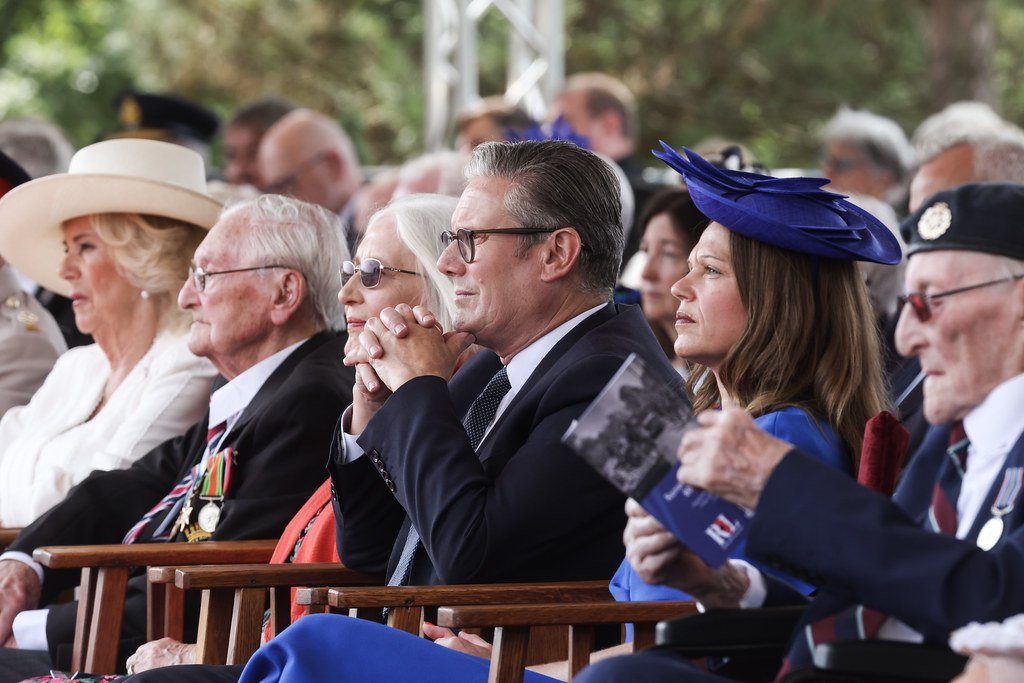
2. Voices from the Front Lines
The ceremony was full of individual testimony. George Durrant, an Intelligence Corps veteran, stood with his great-granddaughter to remember a dead friend, insisting he was there “not as a hero but as someone who saw the cost of freedom.” Royal Navy veteran Alfred Conway witnessed his great-grandchildren placing a wreath on the Burma Thailand Railway memorial, a site so closely identified with the ordeal of Far East prisoners of war.
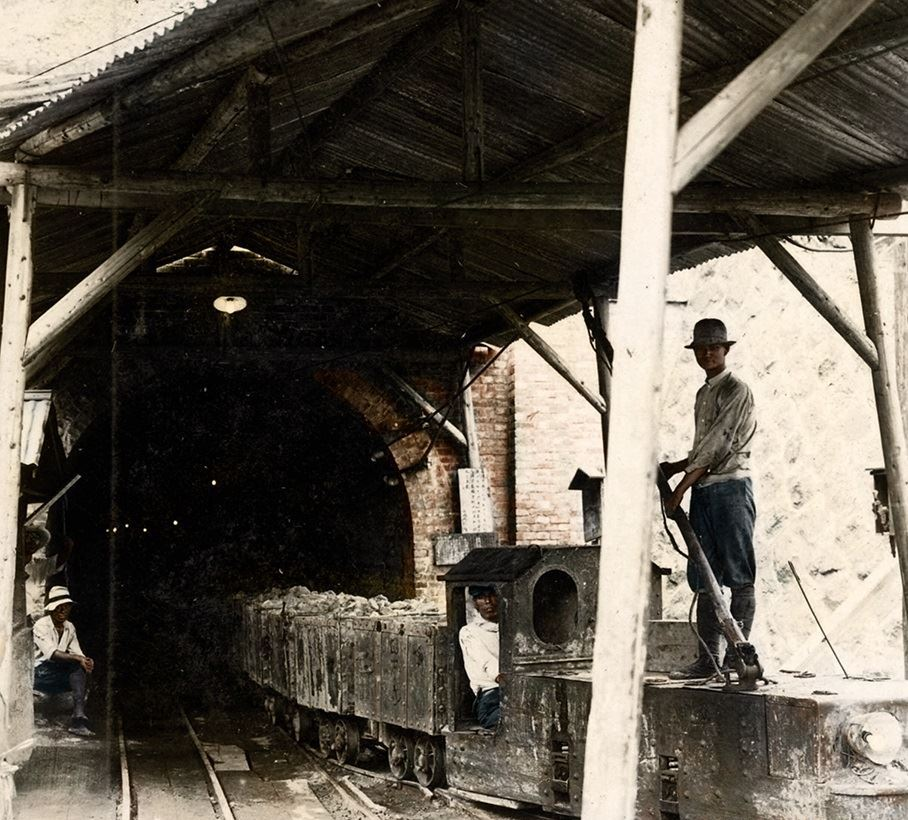
3. The Human Cost of Captivity
The Far East POW experience was brutal. One in three British prisoners died in Japanese camps, compared to one in twenty in Europe. Survivors like Harold Bowkett endured starvation, beatings, and forced labour in mines such as Kinkaseki in Taiwan. Decades later, his son Peter would visit the site, describing it as “the most emotional thing I’ve ever done.” These stories, often left untold, are now finding their way into public memory.
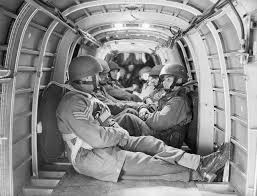
4. Freedom and Mourning Tales
Three when paratroopers liberated her family from an internment camp in occupied China, Katharine Canning has no memories of the day. Edward Hadfield, a trooper in the 8th Punjab Regiment, remembers the raucous cheer on VJ Day: “The war was over, and you were alive, and I was alive.” Joy balances memory of comrades who “gave [their] today so we can have our tomorrow.”
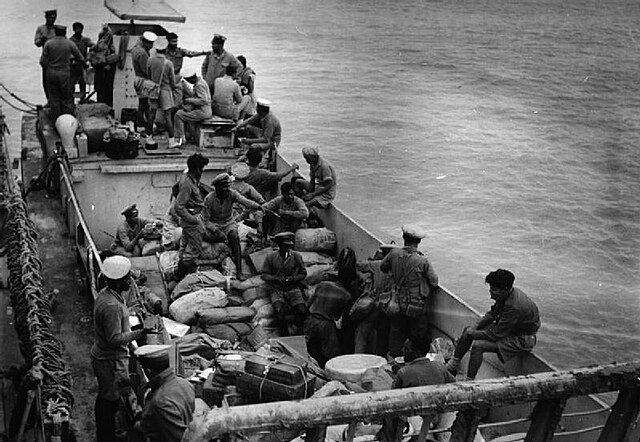
5. The Greater Commonwealth Contribution
The service honored soldiers from the Commonwealth. Poet Sir Ben Okri honored those from the Indian subcontinent, Africa, and the Caribbean who served in Burma. The Philippines saw tremendous sacrifice a million civilians were killed under Japanese rule, atrocities such as the Bataan Death March leaving deep wounds. Filipino guerrillas still fought alongside Allied forces until the Philippines was liberated in 1945.
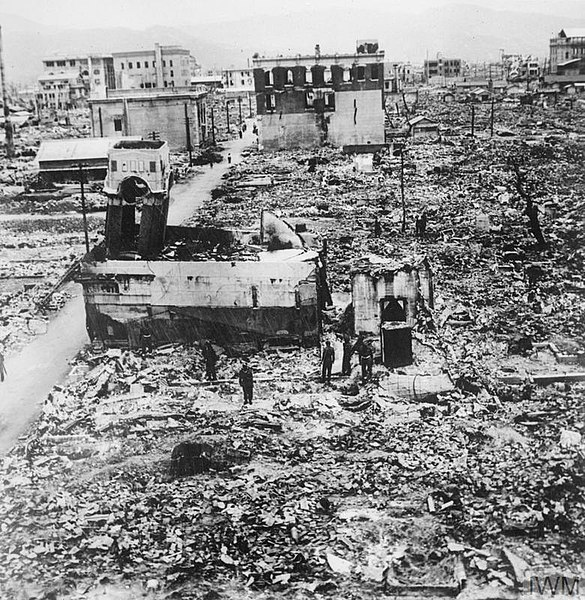
6. Recalling Hiroshima and Nagasaki
In perhaps the most explicit acknowledgment by a British monarch, King Charles recalled the “enormous cost” paid by the citizens of Hiroshima and Nagasaki more than 200,000 of them slain by the atomic bombs. His tone was colored with an entreaty: “a price we pray no nation need ever pay again.” This acknowledgment placed an intensity added to the reconciliation atmosphere at the ceremony, reaffirmed by Yoshi Sekiba, son of a Japanese army doctor, who came to pay respects to British dead and to commemorate current friendship.
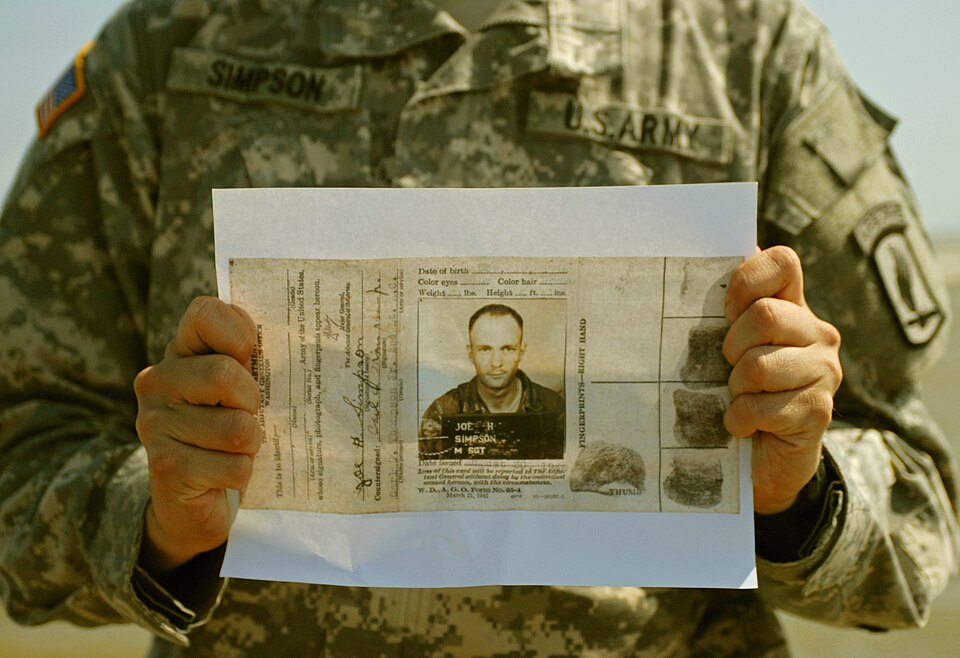
7. The Psychological Power of Remembrance
Intergenerational narrative here exerts a deep impact. Psychologists observe that telling experienced stories instills resilience and compassion in younger generations. Listening to the voices of veterans whether remembering the siege of Kohima, the jungle raids by the Chindits, or the liberation of Rangoon reduces history to more than abstract dates. It makes history human truth. It also allows veterans to forgive, as when a 91-year-old former POW mustered the courage to return into the mine in which he had been a slave.
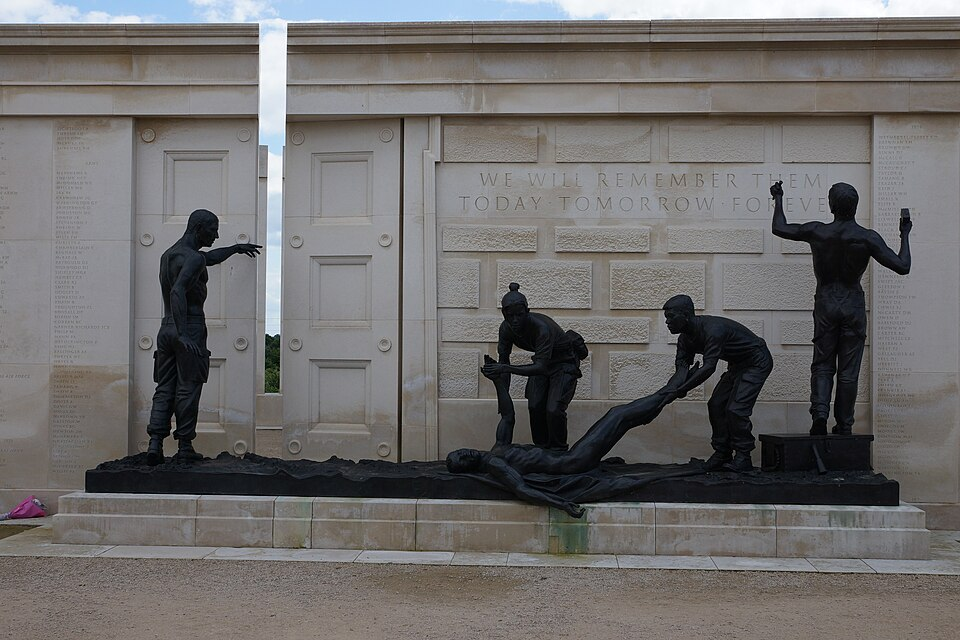
8. A Legacy for the Future
From the mules that delivered supplies during Burma’s monsoons to chapattis and dal that nourished Indian regiments, the facts of the Far East campaigns are strands in a huge tapestry of endurance. The King’s claim that “the greatest weapons of all are not the arms you bear, but the arms you link” echoed as strangers, dignitaries, and families united. Twilights of evening from Buckingham Palace to Dover’s White Cliffs were as much signs of triumph as of unity.
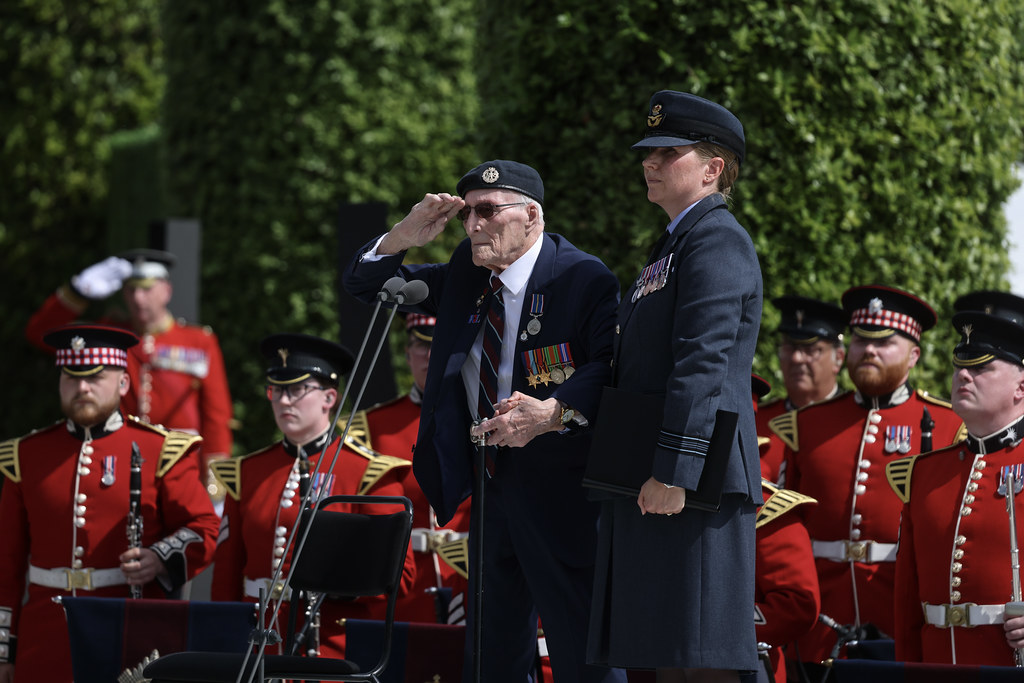
In the silence that ensued after the flypast, the Arboretum held its breath. The smaller contingent of veterans they were to witness, in Stanley Roberts’ words, “we won’t be around for the 90th.” But their stories of bravery, of tragedy, of remaining on one by one, these are being retold, a living legacy to all who would hear.


